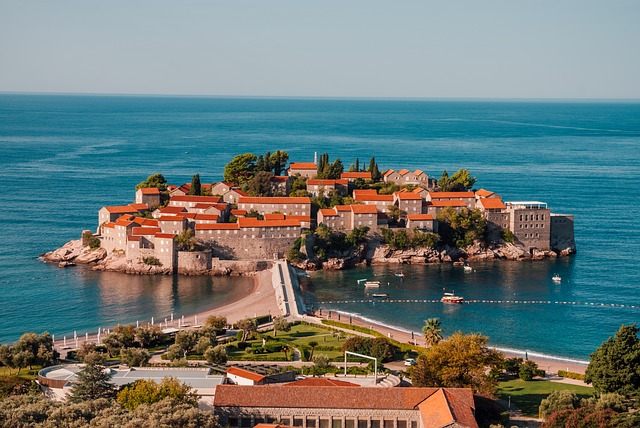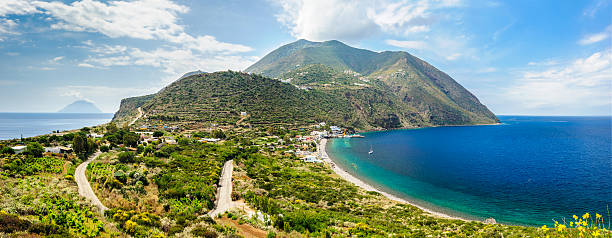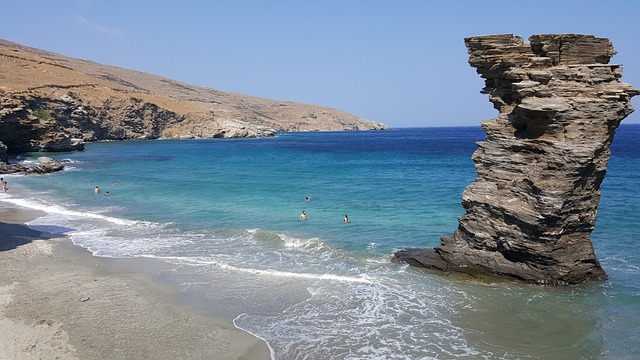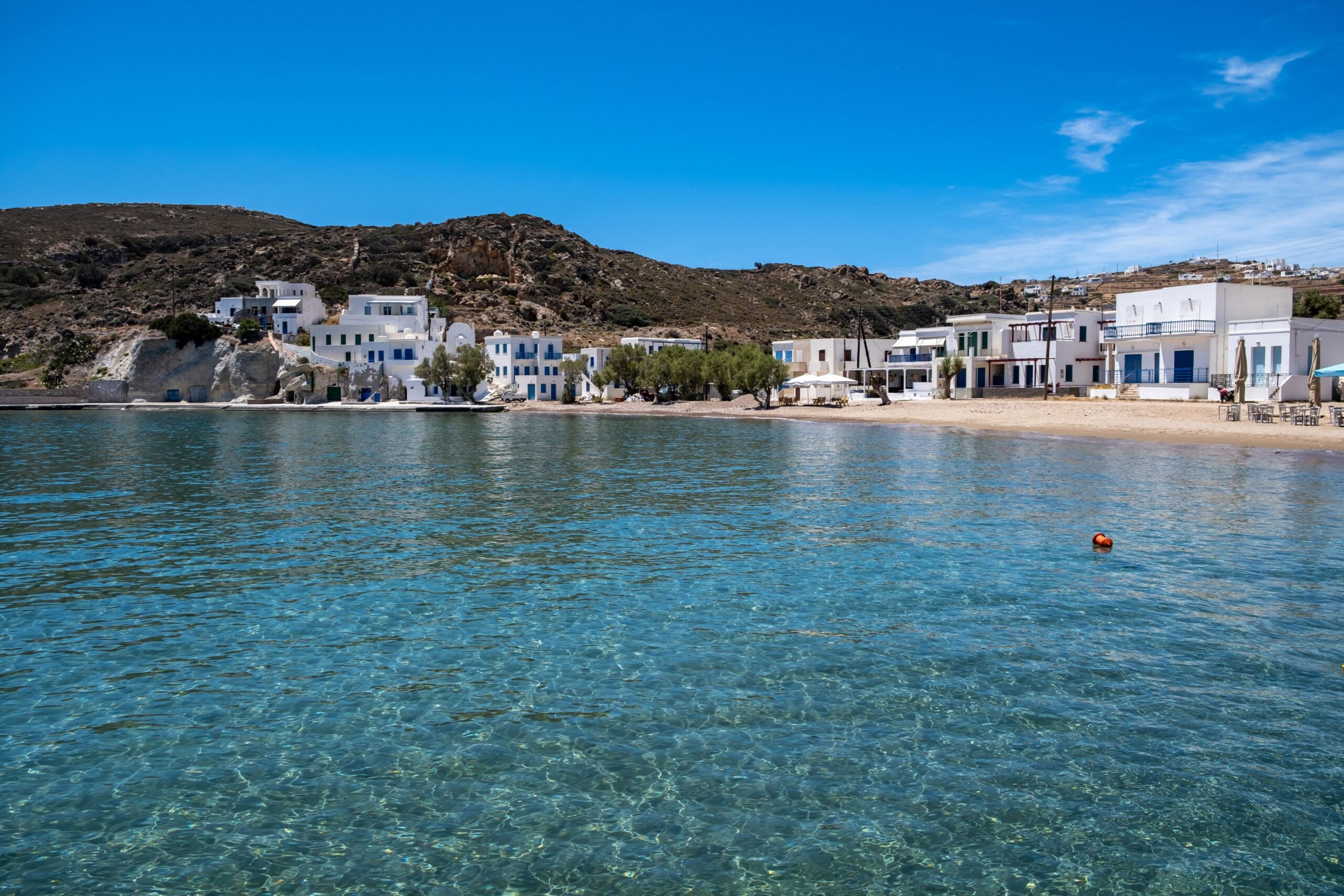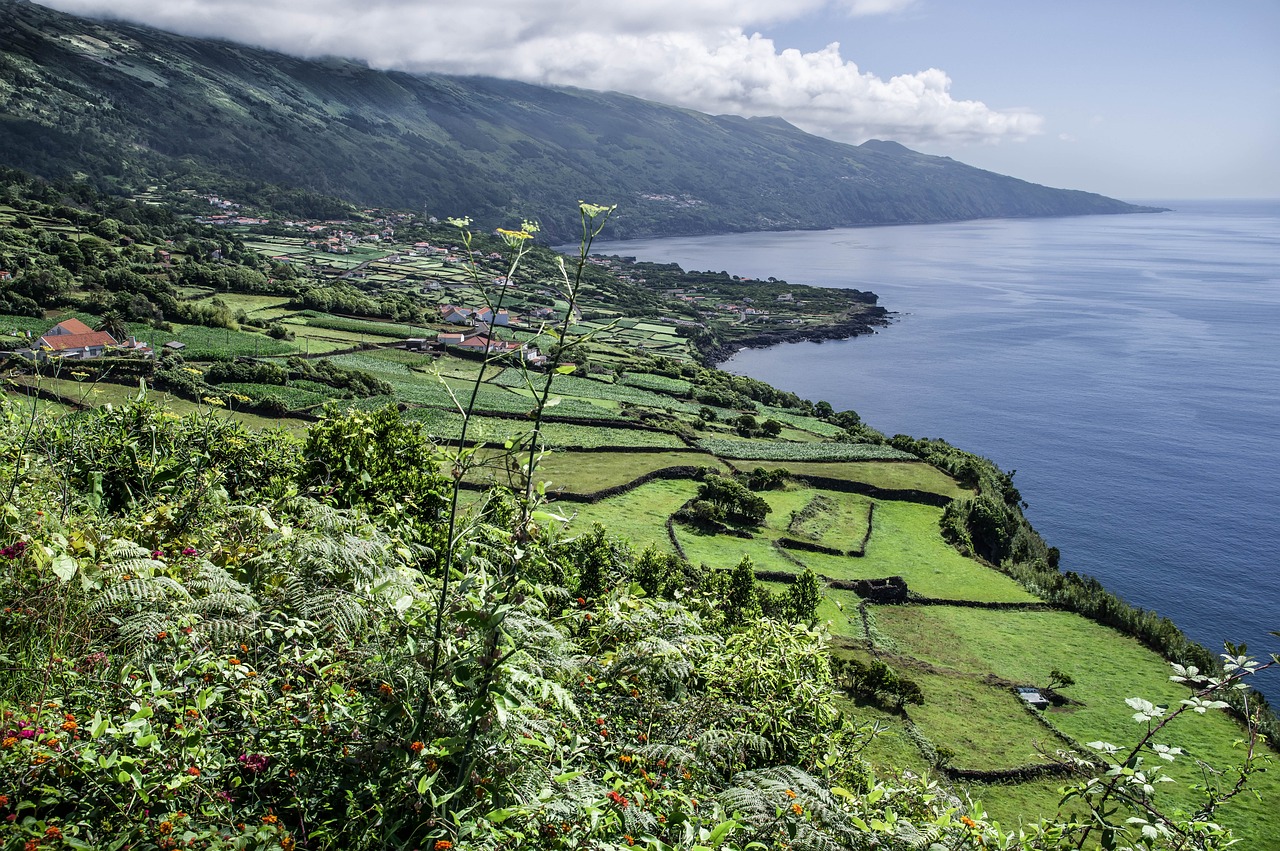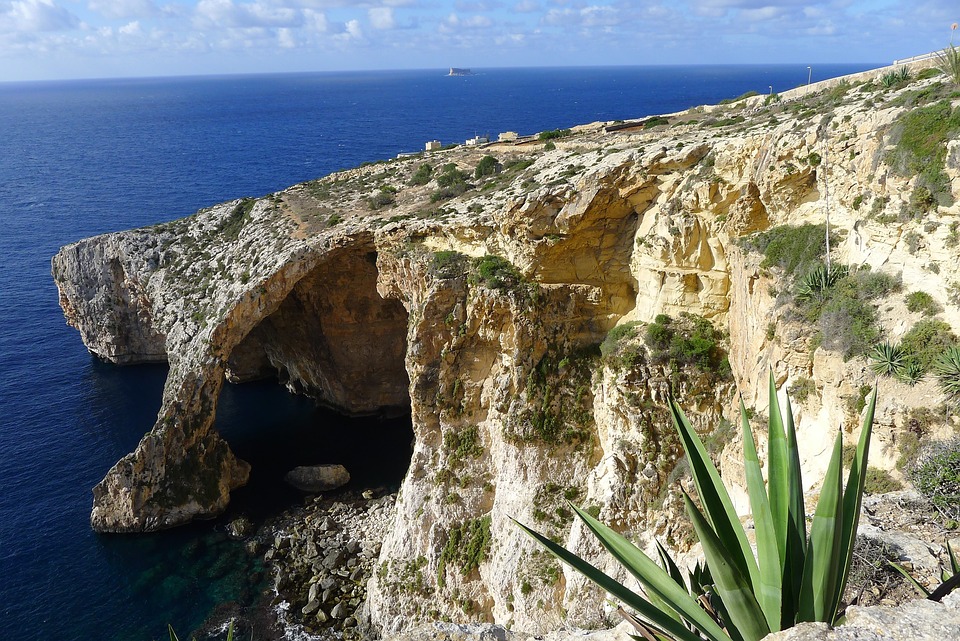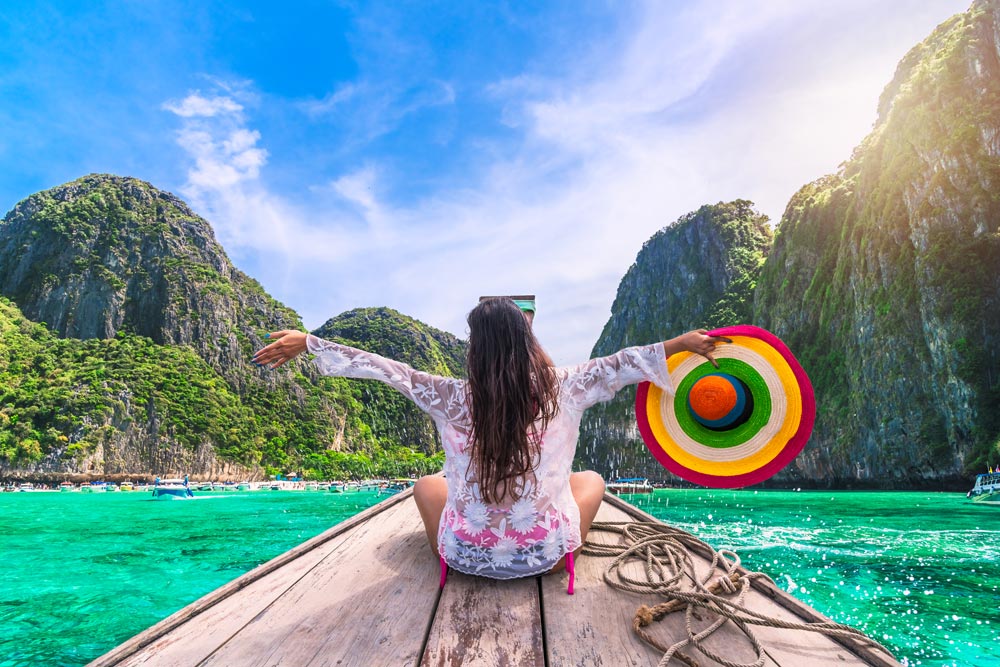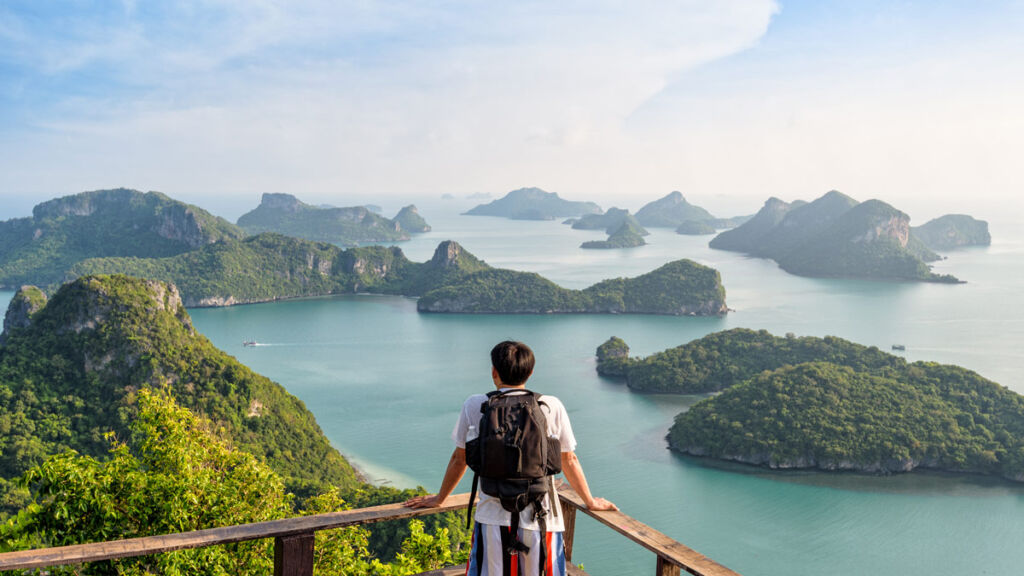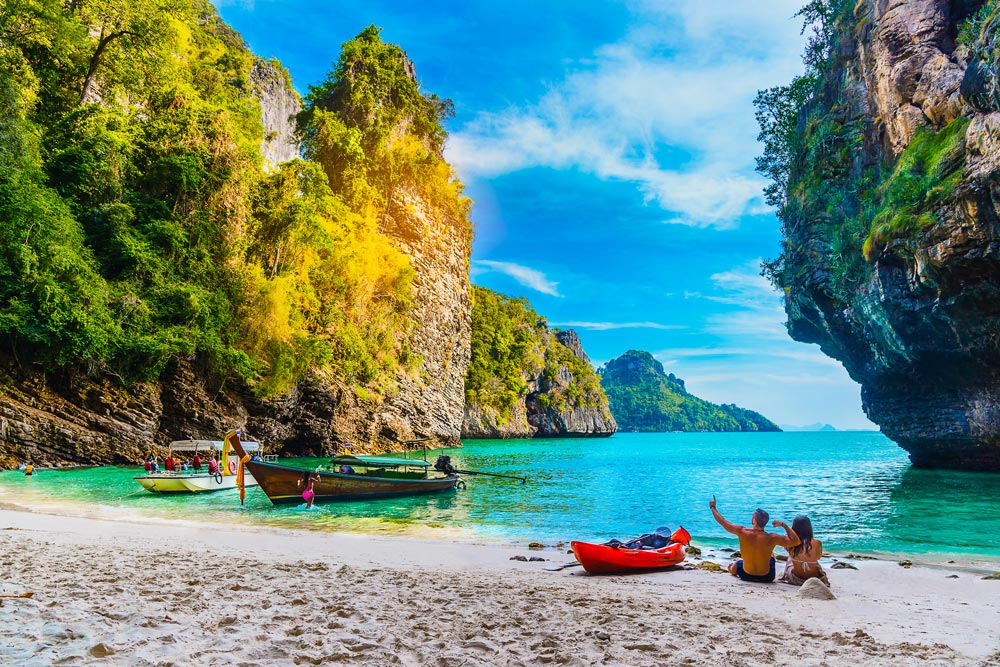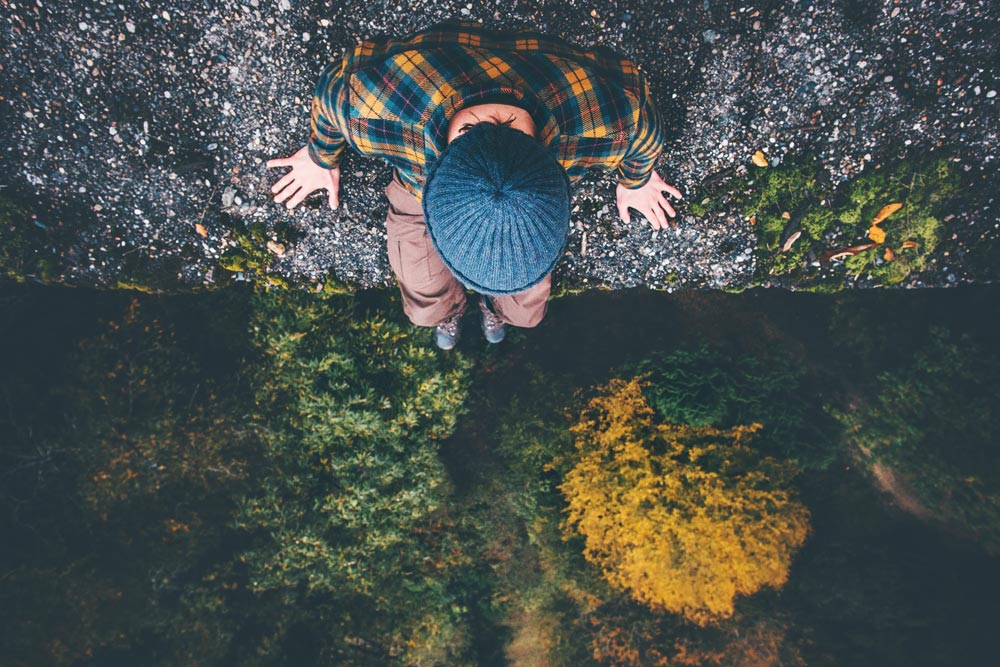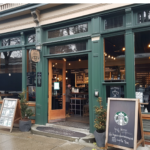As we approach World Heritage Day on April 18th, let’s explore Europe’s UNESCO World Heritage sites that are often missed. These sites, like Stonehenge and the Acropolis, are famous. But Europe has many more hidden gems that are just as special. It’s full of cultural heritage and natural wonders.
Europe and North America have 565 UNESCO sites, which is 47.12% of the world’s total. You can find everything from medieval streets in Luxembourg City to the coffee culture in Vienna. And there are even tidal flats in the Wadden Sea that are peaceful.
This article will take you on a trip to some of Europe’s hidden UNESCO sites. You’ll see the beauty and history that make this place special for those who love history and nature.
Key Takeaways
- Luxembourg City Old Town has been a UNESCO World Heritage Site since 1994.
- Europe alone has more UNESCO World Heritage Sites than the United States and Canada combined.
- Vienna’s coffee house culture is recognized as an intangible cultural heritage by UNESCO.
- Sylt in the Wadden Sea UNESCO site offers 40 kilometers of sandy beaches.
- Switzerland only exports about 1% of the wine it produces, making local wines highly exclusive.
The Hidden Gems of Luxembourg City Old Town
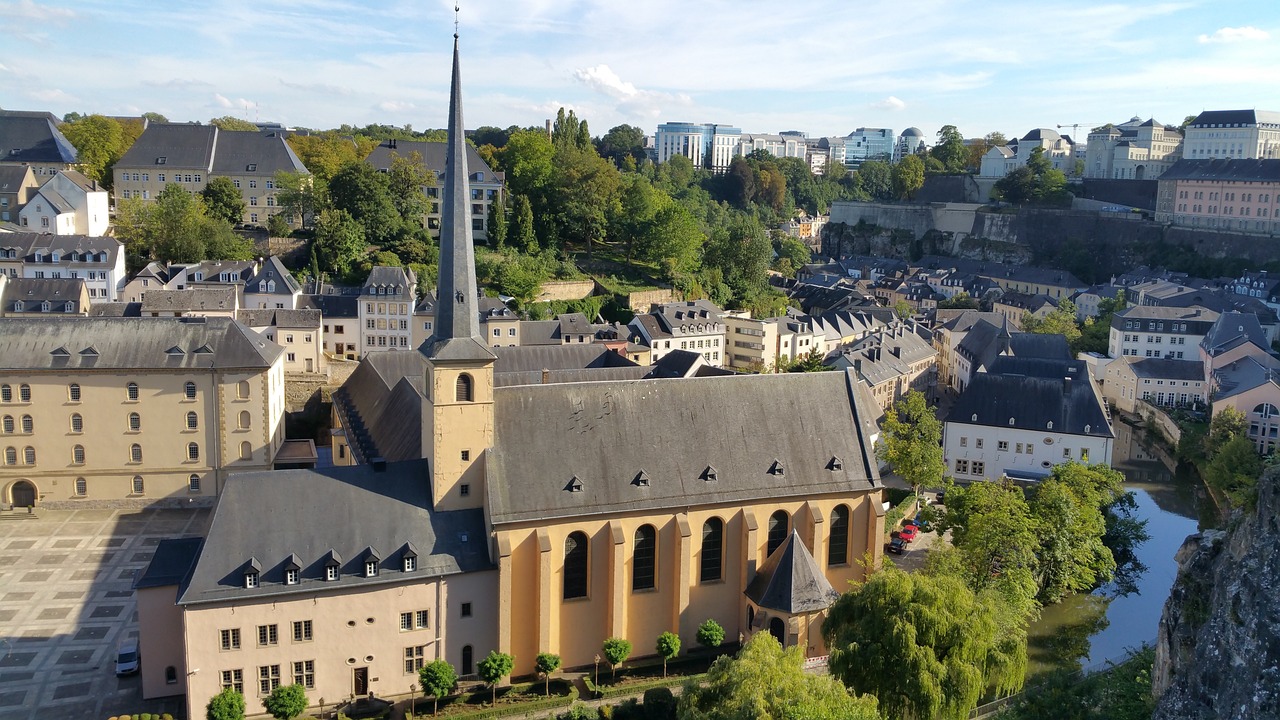
The Old Town of Luxembourg City is a UNESCO World Heritage Site since 1994. It may be less known than its big neighbors. But it’s full of historical sites that are amazing. Walking through its streets, you’ll see Gothic, Renaissance, and Baroque buildings that tell old stories.
Among these treasures are the fortifications and the magical Grund District. They add to the city’s rich heritage.
The History of Luxembourg’s Fortifications
The Bock Casemates, an underground fortress from the 17th century, show the city’s strong military past. These fortifications protected the city from many attacks. They are more than just walls; they are silent guards.
Next to them is the Chemin de la Corniche, called “Europe’s most beautiful balcony.” It gives amazing views of the Alzette River and the Grund District.
Exploring the Grand Ducal Palace
The Grand Ducal Palace shows off Luxembourg’s royal history. It’s a beautiful neoclassical building. Every summer, people can see its fancy inside, with gold columns, Renaissance art, and detailed furniture.
This shows the grandeur of the grand ducal family. The palace is a symbol of Luxembourg’s history and culture today.
The Romantic Grund District and the Corniche
The Grund District is perfect for those who love romance. It has medieval streets and a calm riverside feel. It’s a quiet place away from the busy city life.
The Chemin de la Corniche adds to the romantic scene. It invites visitors to enjoy “Europe’s most beautiful balcony.” Here, you can see historic houses and green gardens of the Old Town.
Viennese Coffee House Culture: A Sip of History
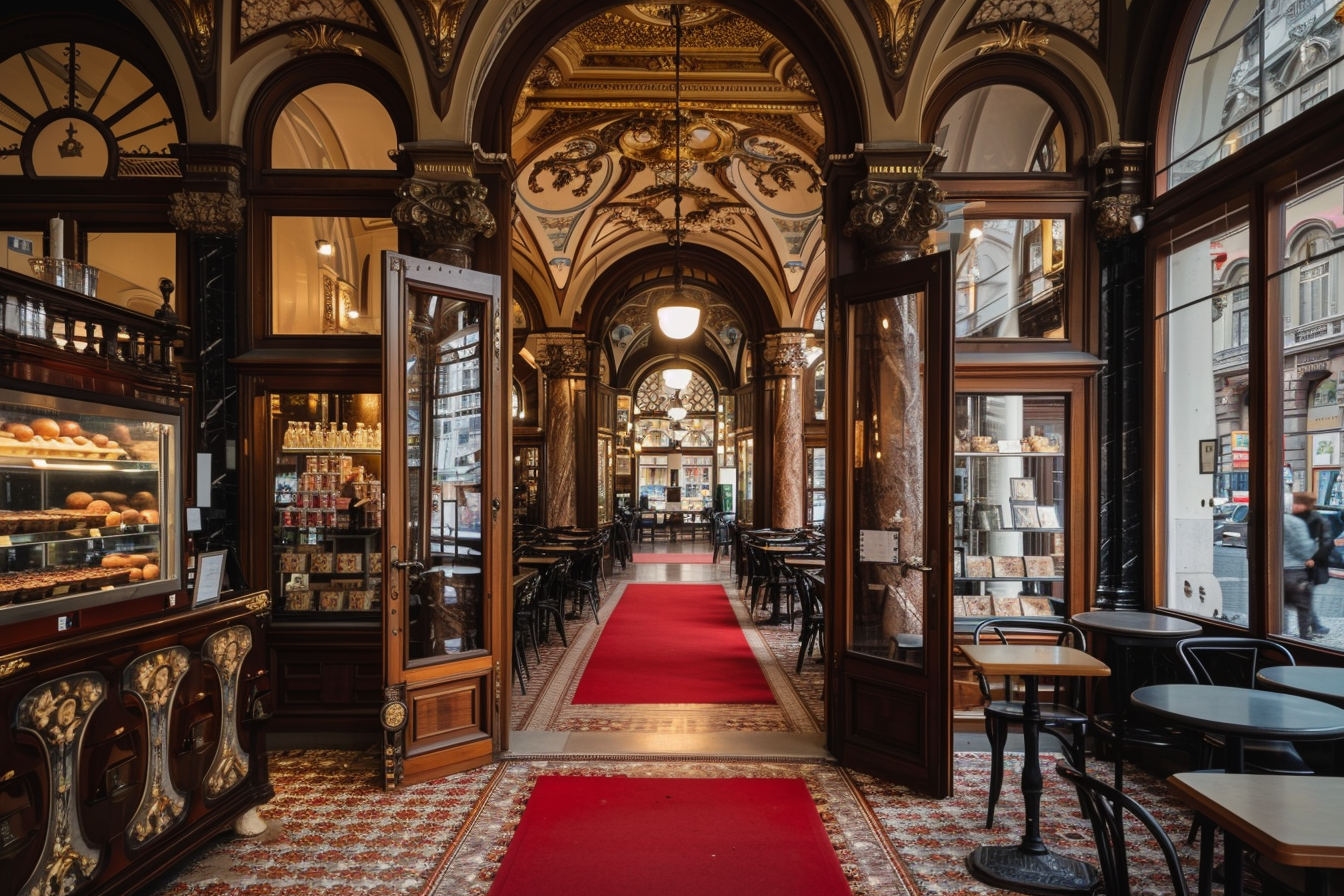
The *Viennese coffee house culture* is a key part of *Viennese traditions*. It was named a *UNESCO intangible cultural heritage* in October 2011. These places are known for their elegant feel, many coffee drinks, and social life. They have a big impact on cities like Prague, Budapest, and Krakow.
Vienna’s first coffee house opened in 1685 by Johannes Diodato, an Armenian businessman. Soon, these places became centers for new ideas and culture. They were where intellectuals and artists met to talk and create.
The Birthplace of Ideas: Influential Patrons
In the late 19th and early 20th centuries, *Viennese coffee houses* were very popular. Famous people like Beethoven, Freud, and Klimt often visited them. These places were where artists, writers, politicians, and scientists shared ideas.
The term “Kaffeehausliteratur” came from the literature written in these coffee houses. Even when the coffee house scene declined in the 1950s, it has made a comeback. This is thanks to a renewed interest in tradition and tourism.
A Quintessential Viennese Experience
Going into a traditional *Viennese coffee house* feels like going back in time. You’ll see marble tables, comfy sofas, and wooden floors. The high ceilings are decorated with art.
The staff wear black and white, adding to the place’s unique feel. Famous spots like Café Central and Café Sacher are where locals and tourists enjoy *Viennese traditions*. People there like to read or have deep talks.
Coffee Specialties Unique to Vienna
The coffee menu in Vienna is special. You can try the Wiener Melange or the Einspänner, a strong coffee with whipped cream. These drinks come in porcelain cups with a glass of water, showing their purity.
There are also desserts like Apfelstrudel and Sachertorte. Vienna is also known for its role in creating the cappuccino in the 1800s.
Discovering the Wadden Sea
The Wadden Sea is a special place since 2009. It’s the biggest area of sand and mud flats in the world. It covers 1,143,403 hectares. This place is full of different kinds of plants and animals.
A Natural Marvel: Biodiversity in Tidal Flats
The Wadden Sea’s tidal flats are full of life. They have about 2,300 kinds of plants and animals in the salt marshes. And another 2,700 kinds in the sea.
Millions of birds use this area to rest, change feathers, and stay warm. Up to 6.1 million birds can be seen here on some days. Every year, 10-12 million birds fly through.
Exploring the German Island of Sylt
Sylt Island is in this special area. It’s like the ‘Hamptons of Germany.’ The island has beautiful sand dunes and a clean environment.
People can see the island’s nature and learn about its fishing villages and old lighthouses. It’s a place of beauty and history.
Health Benefits of the Wadden Sea Climate
The air in the Wadden Sea, especially around Sylt Island, is good for your health. It’s clean and salty, which helps people with breathing problems and allergies.
Visitors can try ‘Wattwandern,’ walking in the tidal flats. It’s a special way to see the area and feel the sea air’s health benefits.
The Wadden Sea is great for fun activities too. You can watch birds from special huts. Or see the stars in Lauwersmeer National Park and Boschplaat nature reserve. They are dark places perfect for stargazing.
The Wadden Sea is a special place. It lets people see amazing nature, beautiful views, and learn about its culture.
Lavaux Vineyard Terraces: Switzerland’s Wine Heritage
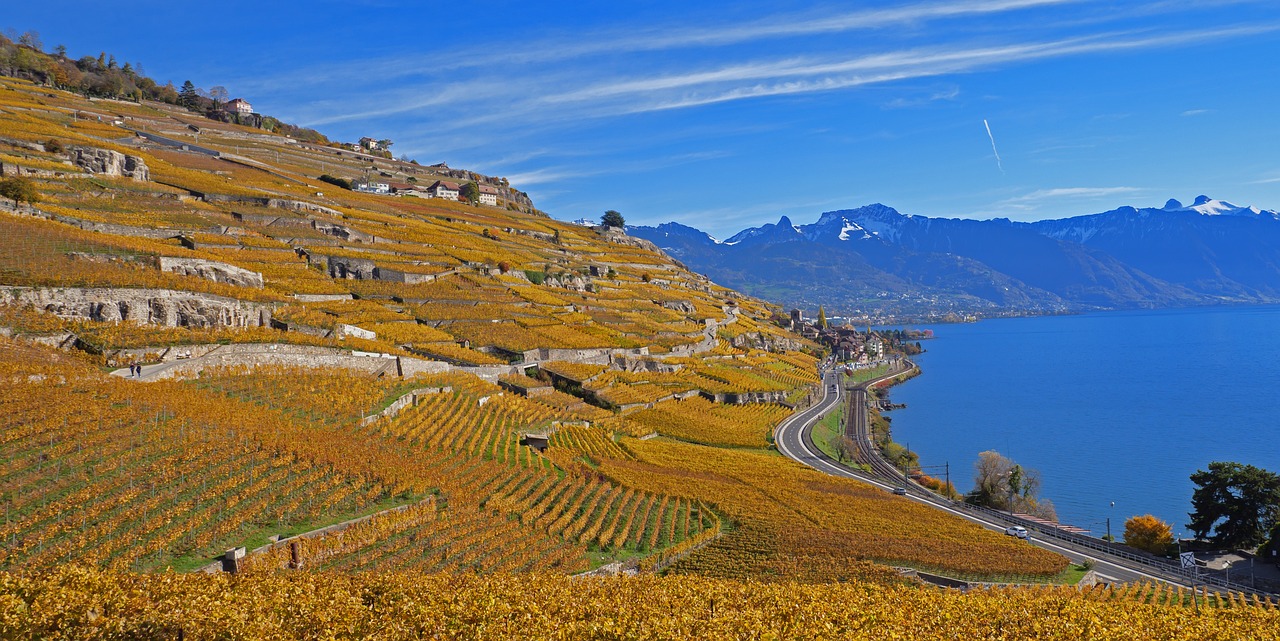
The Lavaux Vineyard Terraces stretch for about 30 km along Lake Geneva’s northern shore. They cover 800 hectares, making them Switzerland’s biggest vineyard area. These terraces show the long history of Swiss wine, going back to the 11th century.
The Lavaux region is famous for its Swiss wines. The Alpine location gives these wines a special taste. The sun and Lake Geneva’s reflections make the grapes grow well.
Visiting the UNESCO World Heritage Lavaux Vineyard Terraces is like traveling through time. The terraces show how wine-making has changed over a thousand years. They tell the story of people caring for this wine area.
The 32km path from Lausanne-Ouchy to Chillon Castle has seven educational circuits. You can learn about local wine making. The “Train des Vignes” takes you through vineyards from Vevey to Puidoux-Chexbres in twelve minutes.
At the Cave de Moratel in Cully, Patricia and Denis Longet offer guided tours and tastings. These tours last three hours and can take 1-8 people. You can book in English, French, or German, but do it ten days early.
The terraces are protected by many laws and plans. Since 2016, they’ve used no synthetic pesticides. This shows Lavaux’s commitment to green farming. The area has even inspired a song by Prince and was celebrated with special stamps in 2011.
Whether you hike the “Terrasses de Lavaux” trail or enjoy the local wines, Lavaux is unforgettable. It offers stunning views of Lake Geneva and the Swiss Alps.
The Majestic Škocjan Caves in Slovenia
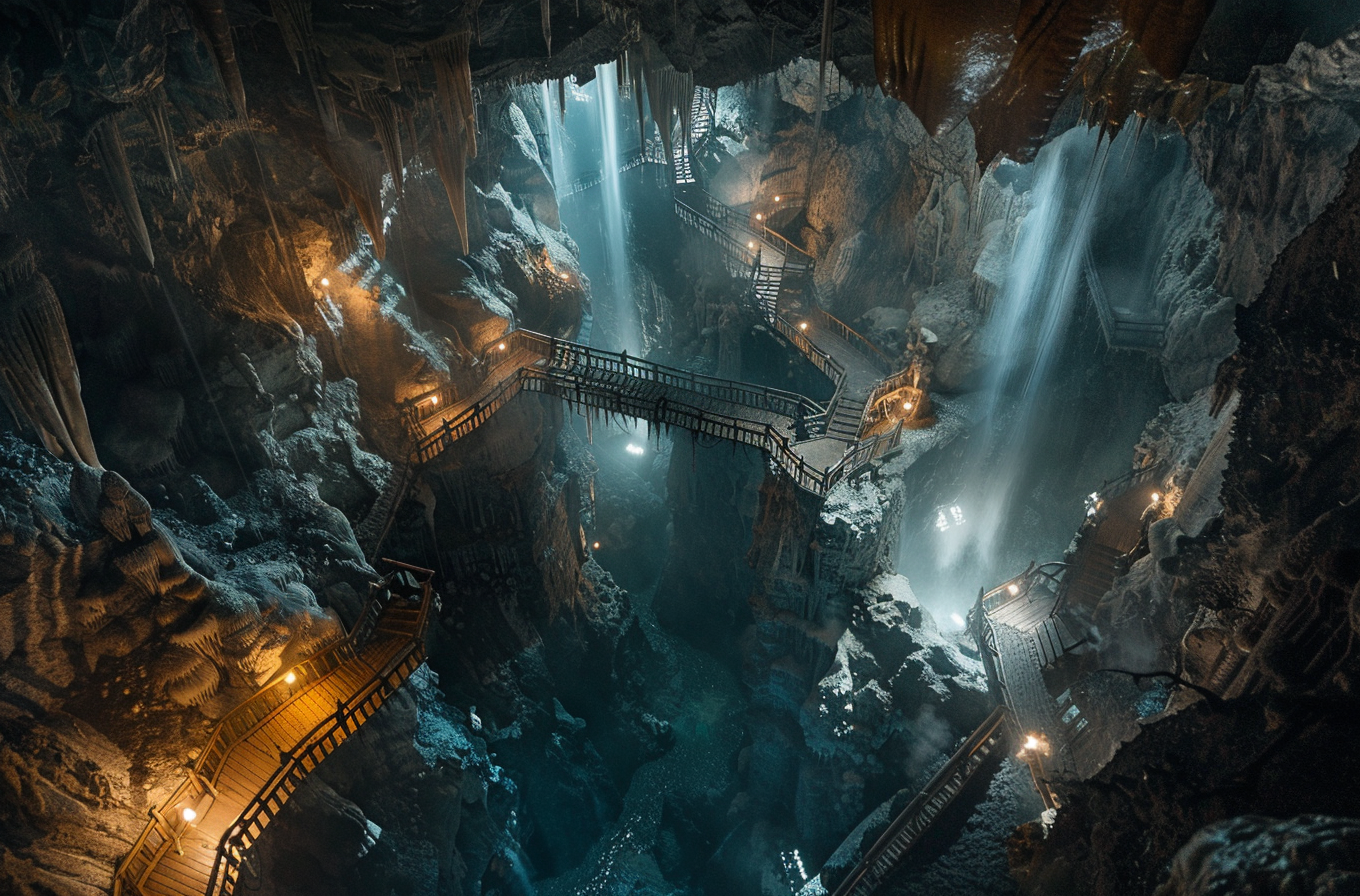
Slovenia is proud to have four UNESCO World Heritage Sites. One of these is the famous Škocjan Caves. They are near Divača and are a natural wonder and a big scientific find. The caves got UNESCO status in 1986 and stretch over nearly 40 kilometers. They are a big part of the karstic wonders in Slovenia, Croatia, and Italy.
The Geological Wonders of Škocjan
The Škocjan Caves show off a huge underground world. They have big underground rooms and 26 waterfalls under the ground. This makes the caves a unique place that earned its UNESCO status.
Trails and Adventure in the Underground Canyon
There are many trails for adventurers in the Škocjan Caves. The most popular tour is about two hours long. It takes you through the biggest underground canyon in the world.
On these trails, you can see huge stalactites and stalagmites. These formations look like they’re floating in mid-air. This is why so many people visit to see its beauty.
Preservation Efforts in the Regional Park
The Škocjan Caves Regional Park is in Slovenia’s Karst region. It works hard to keep the caves safe for visitors. The park also has museums, archaeological finds, and different animals.
Guided tours teach about nature and why we should protect it. They help visitors appreciate this amazing place.
| Aspect | Details |
|---|---|
| Cave Length | Over 6 km |
| Chamber Size | Some of the largest in the world |
| Temperature | 12°C (53°F) year-round |
| Admission Prices | €23 for adults, €16 for children |
| Access | By car, bus, or train |
| Nearest Airports | Ljubljana (78 km), Trieste (42 km) |
UNESCO Sites: Europe’s Rich Heritage
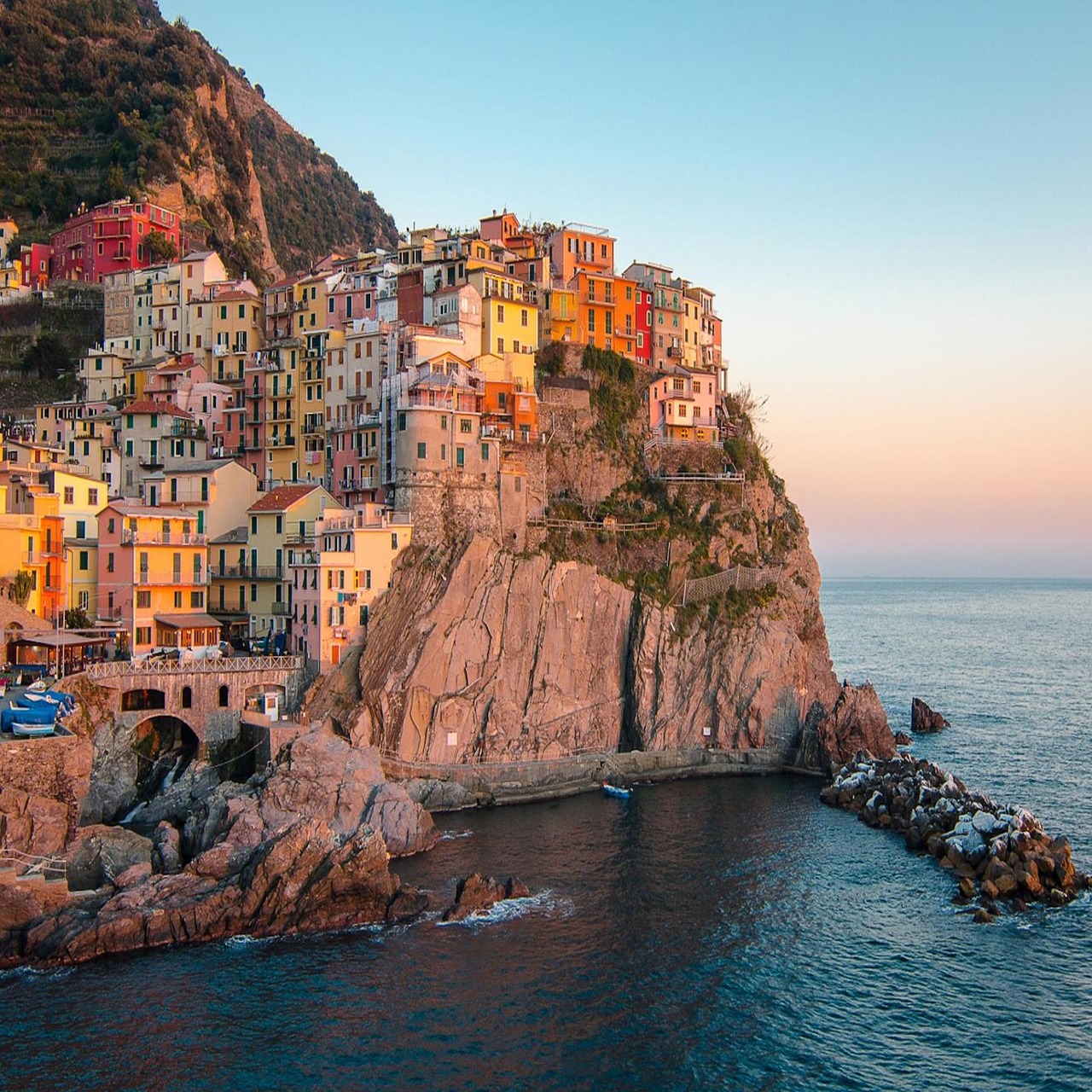
Europe is full of World Heritage Sites. Each one shows a mix of culture and nature. You can see famous places like the historic centre of Rome and Stonehenge. Or find hidden gems like Cinque Terre in Italy and Þingvellir National Park in Iceland.
These sites are like time machines for European history. Venice shows us life from the 5th century, where canals were key. Pompeii lets us see life before Mount Vesuvius erupted in 79 AD. These places show why we must keep them safe.
UNESCO works hard to protect these treasures. Bryggen in Norway has old wooden buildings from around 1000. Tallinn’s historic center in Estonia takes us back to the 13th century. Kronborg Castle in Denmark is known for its beauty, showing Europe’s art.
UNESCO protects both cultural and natural heritage sites. Jungfrau in Switzerland is over 13,000 ft high, showing nature’s beauty. The Seville Cathedral, Seville Alcázar, and Archivo de Indias show a mix of cultures and history.
Europe has a lot of World Heritage Sites. Italy has 59, France and Germany have 52 each. These numbers show Europe’s big role in our shared history. Sites like Bamberg in Germany and Schönbrunn Palace and Gardens in Vienna, Austria attract history lovers from everywhere.
Efforts around the world highlight sites like the historic center of Florence, Museum Island in Berlin, and Mont-Saint-Michel in France. They teach us why saving our heritage is important. Today, there are 1,199 World Heritage Sites, showing our work to protect our planet’s treasures.
“Europe’s World Heritage Sites, from the cliffs of Þingvellir National Park to the bustling centers of historic cities, celebrate the diverse cultural and natural heritage that defines the continent. These treasures remind us of our responsibility to preserve them for future generations.”
Conclusion
Our journey through European UNESCO sites is ending. We see the amazing diversity and cultural wealth they offer. Each place, like Luxembourg City’s fortifications and the calm Wadden Sea, shows us our shared past.
This trip shows us why we should travel to these places. It helps us understand and protect them. The World Heritage Committee and others work hard to keep these sites safe.
They do this by improving technology, planning, and helping less known areas. This helps protect and celebrate every site on the World Heritage List.
Visiting these places makes us richer in knowledge and love for different cultures and nature. By going and supporting these sites, we help keep our heritage alive. We must keep caring for and speaking up for these special places.
These sites are full of culture and nature. Let our travels make us appreciate and work to save these amazing places.




